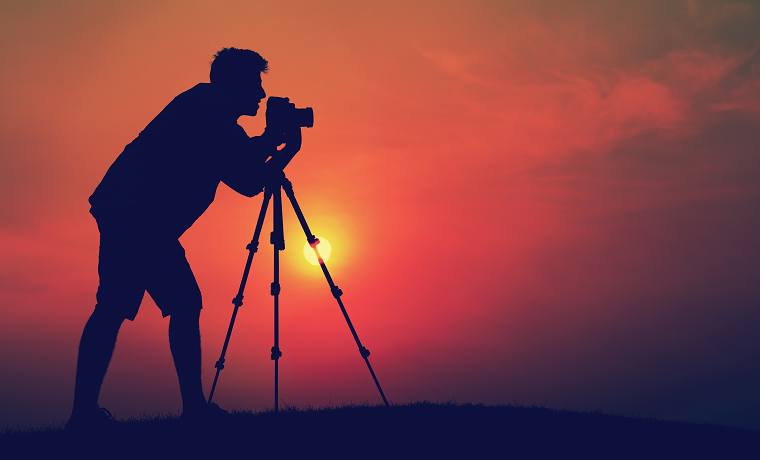Photography is an art form that requires skill and knowledge to capture a perfect image. Different lighting conditions can make photography more challenging, but with the right tips and tricks, you can take stunning photographs regardless of the light available.
Whether it’s low-light photography or bright-light photography, knowing how to adjust your camera settings for different lighting scenarios will help you get great shots every time.
In this article, we’ll provide some useful photography tips for shooting in various lighting conditions, including advice on how to take better photos in low light, so that you can get the best images possible.
Low Light Photography
Low-light photography can be tricky, as there may not be enough light for your camera to get a clear shot. To help you out, here are some tips on taking great low-light shots:
- Use a tripod – This will help stabilize the camera and reduce shake or blurriness in your images.
- Use a fast lens – Fast lenses allow you to capture more light, which is essential for low-light photography.
- Increase the ISO – Increasing the ISO can help amplify the amount of light available and make it easier to take clear shots in darker environments.
- Shoot in RAW format – RAW photography provides more flexibility when editing and will make it easier to correct any exposure issues.
Low lighting can make for a particularly difficult situation to manage. However, with the above knowledge and photographic tips, you can take a better initial photograph without having to rely on significant image manipulation later, which may not always be possible or prove time-consuming.
It is always preferable to obtain your best picture the first time around because then it represents a more natural final image. We can also then be satisfied that our photography skills and knowledge have made the difference and are not a piece of software we could easily come to rely upon.
Bright Light Photography
Bright light photography can be difficult, as the intense light can easily cause overexposure or washed-out images. To ensure that you get clear shots in bright conditions, here are some photography tips for shooting in brighter light:
- Use a polarizing filter – Such filters can help reduce glare and reflections from the sun.
- Use exposure compensation – In bright light photography, exposure compensation allows you to adjust the camera’s settings so that the image isn’t overexposed.
- Shoot in RAW format – Again, shooting in RAW will give you more control over the exposure and make it easier to get great results.
- Use a diffuser – A diffuser will help spread the light evenly so that your shots won’t be too bright or washed out.
When the lighting is too bright it creates a problem for photographers because it means that, without correction, subjects cannot be seen so clearly and are not showing in their natural hue.
Different Considerations Between Indoors and Outdoors
When shooting photography indoors, you may need to use different techniques compared to outdoor photography. If you’re shooting indoors, consider using a flash or extra lighting, as well as a tripod to get the best results. Additionally, it can be helpful to use a shutter speed of 1/60th of a second for sharper images.
If we have a choice we will likely have more control indoors, but then, it can be nice to capture the backing of a landscape behind your subject, if you are into portrait photography.
Conclusion
With these photography tips for different lighting conditions, you’ll be able to take stunning photographs regardless of the light available. Whether you’re shooting in low light or bright light, indoors or out, these photography tips will help you get professional-looking results every time!

